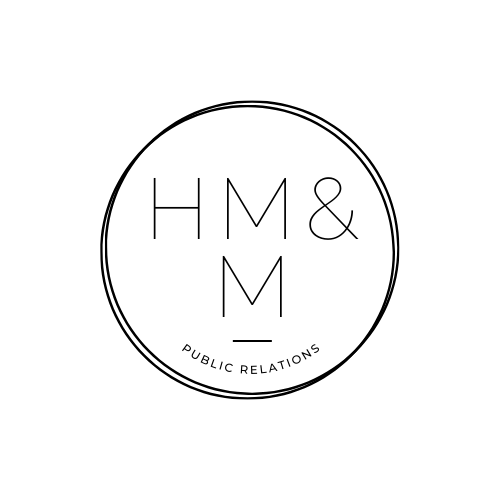By Mary Nguyen
Containing everything a journalist needs to write their story, media kits are your brand’s hardest-working PR tool. Here’s what you need to know about putting together a killer media kit:
Media kits are the workhorses of the PR world. Often serving as the journalist’s first point of contact with your brand, good media kits should have everything a journalist would need to write a story about your business, product or event. This includes high res images, information and key contact details laid out in an accessible and attractive manner. The goal is to entice the journalist to write a story or do an interview about your business.
Time-poor journalists will appreciate the care you’ve taken to ensure instant and easy access. For the many journalists dealing with hundreds of emails every day, media kits that offer efficiency in information gathering and have a consistently strong brand story will stand out from the rest. When businesses take the time to build a better media kit, it’s not only helpful to the journalists covering them but also to the brand itself as it is proactively taking charge of its public narrative.
In this modern age where everything is digital, complete media kits also contain downloadable assets like videos, technical reports and data visualisations to further supplement a story. The general rule of thumb is the better and more readily accessible the assets in a media kit, the easier it is for a journalist to write their story.
What should your media kit contain?
A complete media kit contains the following:
Contact details: Contact details of the person or people of interest like the founders/CEO, spokesperson or a PR contact. Be sure to mention whether there is someone available to interview and the best way to reach them. Also make sure to include links to social media.
Bio about the company/key people: Include a short bio of all interesting and pertinent information about the company and people of interest. Outline anything that stands out about the brand or its founders. Things such as how the brand was started, where its name comes from and how it’s new or different from competitors are helpful to journalists looking for a fresh angle to cover. Don’t forget to answer the basic questions of why, what, when, where and how.
Media release: Details about the launch or event along with quotes from the person available for interview or other factual information.
Photos and videos: Let the journalist know high-res images and videos are available for download; include strong, high-quality images. These may be portraits of the key spokesperson, photos and footage of the company premises, action shots of people working, logos, photos and videos of the products or events. The more exciting the visuals the higher the likelihood your brand will stand out from the rest.
Annual report/financial information: If relevant, attach copies of company reports and financial information such as annual turnover and sales statistics.
Product/service fact sheets: These should outline what your products or services do. Include details such as pricing, stockists, testimonials, expert advice and of course images.
Product samples: Send out samples of the product along with the media kit when relevant.
Other media coverage: Make sure to mention any previous media appearances as this is a very powerful way to increase credibility.
The most important thing about media kits is to make sure they are as user-friendly as possible and that they present all the information a journalist needs straight away.
Modern media kits are one of the most powerful tools in the PR arsenal to increase your brand’s profile. As always, journalists will have individual preferences and your PR rep is best placed to liaise with journalists to make sure that your brand has the best possible chance to be featured.
Want to learn more?
Get expert advice on when to plan a media release, how to evaluate campaigns, or if working with an influencer is right for you on PR Insights.



